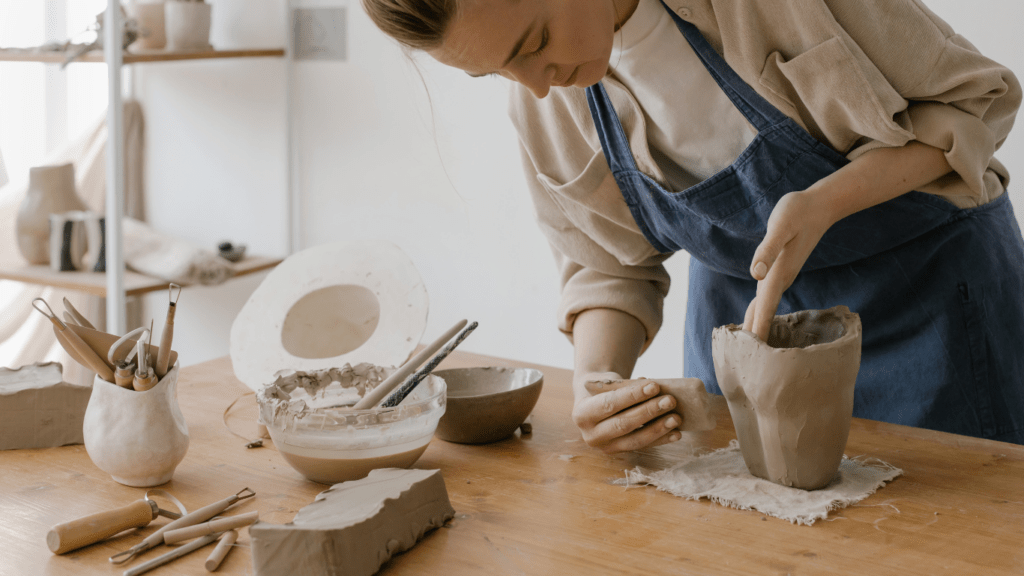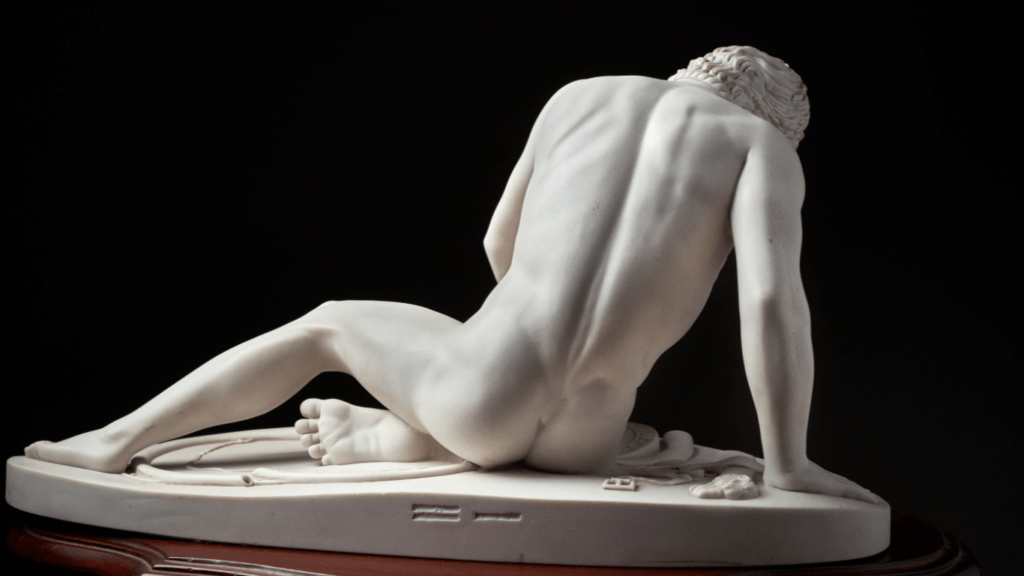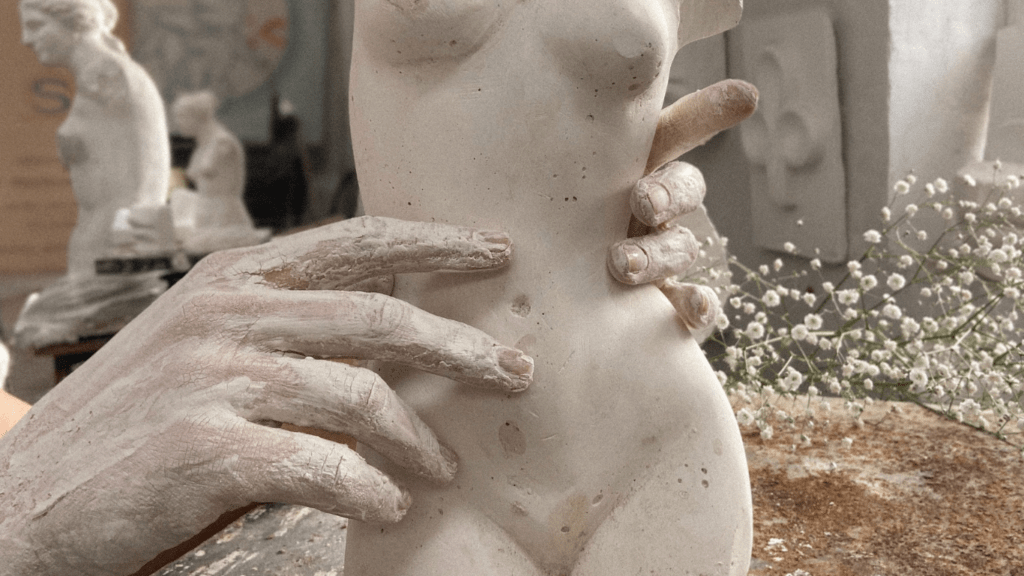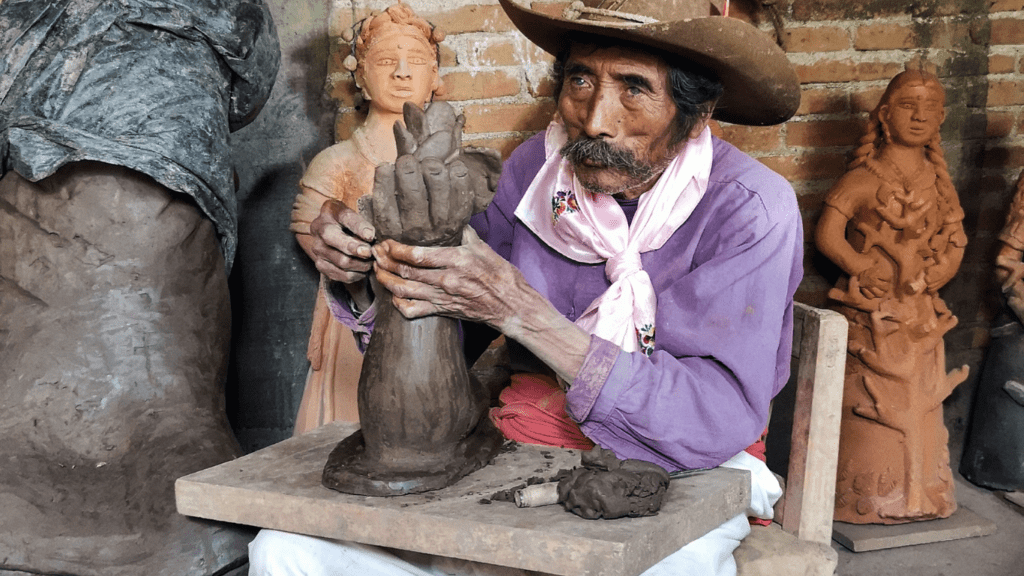When it comes to sculptural projects, one versatile and often underestimated material that can truly bring your vision to life is plaster. From creating intricate details to achieving smooth finishes, plaster offers a wide range of possibilities for artists and creators. In this article, I’ll delve into the world of using plaster for sculptural projects, exploring its unique characteristics and the techniques that can help you master its use.
As I share insights and tips based on my own experiences working with plaster, you’ll discover how this material can be molded, carved, and shaped to transform your ideas into tangible artworks. Whether you’re a seasoned sculptor looking to explore new mediums or a beginner eager to experiment with different materials, understanding the fundamentals of working with plaster can open up a world of creative possibilities.
Understanding Plaster’s Role in Sculpture
Plaster plays a crucial role in sculptural projects, offering artists a versatile medium to bring their creative visions to life. With its ability to create intricate details and achieve smooth finishes, plaster provides a wide range of possibilities for sculptors to explore and experiment with.
The Basics of Plaster
When working on sculptural projects, understanding the basics of plaster is essential. Plaster is a versatile material that can be molded, carved, and shaped to suit various artistic requirements. Its ability to set and hold its form makes it ideal for creating both small and large-scale sculptures.
Historical Uses in Sculpture
Throughout history, plaster has been a key material used by sculptors to create masterpieces. From ancient civilizations to the Renaissance period, plaster has been valued for its moldable properties, allowing artists to express their creativity and capture intricate details in their sculptures. Its durability and versatility have made it a timeless choice for sculptors across different artistic movements.
Preparing for a Plaster Sculpture Project
When embarking on a plaster sculpture project, I always start by considering the right type of plaster to use. Different types have varying consistencies and drying times, so selecting one that aligns with my artistic vision is crucial.
- Choosing the Right Type of Plaster
For detailed projects requiring a smooth finish, I opt for fine casting plaster. Its fine particles and ability to replicate intricate details make it ideal for delicate sculptures. On the other hand, if I’m working on a larger piece that needs added strength, I choose pottery plaster for its durability and hardness. - Tools and Materials Needed
Before diving into a plaster sculpture project, I gather essential tools and materials. These include a mixing container, water, plaster of choice, mixing tools like a whisk or spatula, mold release agent for intricate molds, and protective gear such as gloves and a mask to ensure safe working conditions. Having these items ready beforehand streamlines the sculpting process and allows me to focus on bringing my artistic vision to life.
The Sculpting Process

When sculpting with plaster, mastering the mixing and casting techniques is crucial for a successful project. It’s important to achieve the right consistency in your plaster mix to ensure easy pouring and molding. To do this, I measure out the plaster and water accurately, following the recommended ratios for the type of plaster I’m using.
Mixing and Casting Techniques
In my sculpting process, I start by slowly adding plaster to water in a mixing container, allowing it to slake before stirring to remove any air bubbles. This step is essential for a smooth and bubble-free mix that will result in a high-quality sculptural piece. Once the plaster is fully mixed, I pour it into the mold carefully, tapping the sides to release any trapped air pockets that could affect the final result. Patience during the drying process is key to avoid any cracks or deformities in the sculpture.
Tips for Molding and Carving
When molding with plaster, I ensure the mold release agent is applied generously to prevent the plaster from sticking to the mold, allowing for easy demolding once it’s set. For intricate details or carving work, I recommend using sculpting tools to shape the plaster while it’s still slightly wet. This allows for greater precision and control over the final outcome of the sculpture. Additionally, carving techniques can be used to refine details or add texture to the sculpted piece, enhancing its overall aesthetic appeal.
Finishing and Protecting Your Sculpture
When it comes to finishing and protecting your sculpture made with plaster, there are several key steps to ensure its longevity and visual appeal.
Surface Treatments and Texturing
Incorporating surface treatments and texturing techniques can elevate the aesthetic quality of your plaster sculpture. Consider adding texture by stippling the surface with a brush or sponge to create depth and visual interest. Additionally, you can experiment with different tools like wire brushes or sculpting tools to carve intricate patterns or designs onto the plaster surface. These methods can enhance the overall look of your sculpture and make it visually engaging.
Sealing and Painting Plaster
Sealing your plaster sculpture is essential to protect it from environmental factors and enhance its durability. Apply a sealant or primer specifically designed for plaster surfaces to create a protective barrier against moisture and dust. Once the sculpture is adequately sealed, you can further customize its appearance by painting it with acrylic or oil-based paints. Use brushes or airbrush techniques to add color and detail to your sculpture, allowing your artistic vision to come to life vividly. Remember to let each layer of paint dry fully before applying additional coats for a flawless finish.

 Christyn Stearnsio, the visionary founder of Sculpture Creation Tips, is a passionate artist with a deep love for the art of sculpting. With years of experience in the field, Christyn has dedicated her career to sharing her knowledge and expertise with others, creating a platform that serves as a comprehensive guide for sculptors at all levels. Sculpture Creation Tips is a testament to her commitment to nurturing creativity and helping artists master the delicate craft of sculpting. Through detailed tutorials, insightful articles, and a supportive community, Christyn empowers aspiring sculptors to explore their artistic potential, refine their skills, and bring their unique visions to life. Her dedication to the art form is evident in every piece of advice and inspiration she shares, making Sculpture Creation Tips a trusted resource for sculptors around the world.
Christyn Stearnsio, the visionary founder of Sculpture Creation Tips, is a passionate artist with a deep love for the art of sculpting. With years of experience in the field, Christyn has dedicated her career to sharing her knowledge and expertise with others, creating a platform that serves as a comprehensive guide for sculptors at all levels. Sculpture Creation Tips is a testament to her commitment to nurturing creativity and helping artists master the delicate craft of sculpting. Through detailed tutorials, insightful articles, and a supportive community, Christyn empowers aspiring sculptors to explore their artistic potential, refine their skills, and bring their unique visions to life. Her dedication to the art form is evident in every piece of advice and inspiration she shares, making Sculpture Creation Tips a trusted resource for sculptors around the world.
